Affiliate Disclosure: We earn a commission if you purchase through one of our links at no additional cost to you.
If you’re taking photos of people or other living things, then you need to become a lover of expression and gesture. Those are the little traits and characteristics of the body that tell the story of your subject.
You know immediately by expression if someone looks happy or angry, but there’s so much more than that. Gesture goes beyond facial expressions to help your viewer evaluate and engage with your subject’s body language.
Unfortunately, some people just shrivel or clam up in front of a camera. As a photographer, you also need to be a director to help them reveal the story inside using expression and gesture.
What is Expression and Gesture?
A simple way to look at expression and gesture is that they’re both a way to reveal emotion and tell stories. Let’s go over some details of each way that we show something about ourselves.
Understanding Expression
In it’s basic definition, expression is a way of using your face to let others know your emotions. It’s not just about being happy or sad.
We know that there are six basic categories of expressions:
- Anger
- Disgust
- Fear
- Happiness
- Sadness
- Surprise
Remember, those are just categories. Your subject may show other expressions, such as:
- Contemplation
- Curiosity
- Gratitude
- Seduction
We naturally recognize these expressions, and probably more. You know the difference between a dour expression and a sexy smile. Those expressions immediately tell us something and inform the story of your subject.
Understanding Gesture
Gesture is like expression, but it relies upon your body’s movement or position. As I mentioned in the introduction, gesture is how we determine something about a person based upon their body language.
- Are they resting or asleep?
- Is someone in a defensive stance?
- Crossed arms say something different than open arms
- A baby taking a nap or a person sleeping on a park bench tell you something about them and what they’re doing
We commonly think of gestures as movement, or specific positions of the body. Oddly enough, the same gesture may mean different things based upon your culture.
In the USA, raising your hand and showing your first and middle finger is a peace sign. Elsewhere in the world, it’s a symbol of vulgarity.
Some years ago, Barbara Bush upset people while visiting in Europe and held up her hand with her first finger and pinky finger extended. To her, it was an expression of the University of Texas mascot – Hook ’em Horns. To her audience, it was the sign of the Devil.
Jay Maisel often speaks about the importance of light, gesture and color in photography. Gesture was so important to him that he started hiring actors instead of models for his work. The photographs he produced weren’t technically the greatest, but he knew that the expressions and gestures they provided made his photos look real.
Create Photos with a Narrative Using Expression and Gesture
Too many photographers micromanage their photoshoots. They know the technical details. Maybe they know which colors they want to create or use with background, wardrobe or color gels.
Then they get a model with what we call a “dead fish” expression and it all goes down the drain.
The energy and emotion of a portrait comes from the portrait subject – or not. I can’t tell you how many professional photos I’ve seen that were planned to perfection, yet have absolutely no emotional impact at all.
People congratulate the photographer for their technical prowess and I think that’s well deserved. Some folks are masters of color and lighting.
Yet I don’t feel anything without expression or gesture. You could get the same results by dressing and posing a mannequin as I see in some avante-garde photos.
If your objective is to tell a story, then you need something that everyone can recognize and decipher at a glance – expression and gesture.
I don’t care if it’s a photo of a fashion model or an angry weasel. Gesture sells the story and emotional impact of your photo.
Photographers Are Also Directors
The best photos, I think, are the kind with natural expressions and gestures. While there may be times when you want to hire an actor to convey an emotion you need in your photo, I think the result looks better if you can get the subject to come up with those emotions on their own.
Some photographers do this by cracking jokes. The good thing about that is you get a much more natural and realistic smile when someone is genuinely happy.
What if you need to convey a different emotion?
If I need a model with a sexy expression or gesture, I better get someone he or she finds attractive to stand next to me. If I want them to look sad, maybe I’ll tell them this photo session doesn’t have any catering.
Without going to extremes, I’ll say something that I hope gives me a real, if momentary, expression from my subject. At least that works for subject who know they’re being photographed.
If you’re taking candid portraits, then you need to be patient and wait for the right moment to unfold. It may or may not, but that’s part of being candid. Sometimes people or animals just don’t give what you want. How could they know?
Examples of Natural and Forced Expression and Gesture
It’s one thing to talk about expression and gesture, but I think it helps if I show some examples of the things we’ve discussed so far.
The Natural Candid
This is a candid photo of a dancer taking a break. She’s happy and I couldn’t get her to fake this expression on demand if I tried. The problem with candid photos is that, while they give the impression of being real, you can’t count on them to happen.
The Dead Fish Expression
This is a professional model creating her own expression and pose. It doesn’t evoke any emotion in me at all. I’m honestly not sure what she’s going for here, but I don’t think it delivers any story or emotion.
She’s a lovely and attractive woman, but that’s not enough to sell the story. All we know is that she’s standing in some foliage, but we don’t know why or what she’s feeling.
The Natural Pose
In the photo above, this is Henry just being himself. I probably show this photo too often, but I love it. He’s just being himself – naturally Mr. Cool. You can tell it’s a posed photo. I asked him to sit over there and look at the camera.
He chose his facial expression and body language, and I love it.
Looking at this photo, I get something about him. I know what he does, which things are important to him, and something else. He is just naturally confident and patient.
That’s the kind of man I want to come and save me if I ever get into a jam.
How Expression and Gesture Affects Your Photos
Out of all of these photos, I should’ve had the most control over the middle one with the dead fish expression. She’s a professional model. The others aren’t. They also aren’t actors. One is a dancer on a break and the other is a fireman just being himself.
Yet I’d much rather show the first and third photo rather than the second.
Just to be clear, I’m not trying to criticize the model in the foliage. She can’t read my mind and know what I wanted her to deliver. It’s up to me to direct her to get the results that I want.
Some people are easier to direct or help to get a natural result, and others just bring it as part of who they are. That’s why I actually like portraits of people who aren’t trying to be someone that they aren’t.
They bring their own natural charm, expression and gesture to the photo session. That helps, I think, to create a portrait that’s a bit more real.
Of course, not every portrait is about reality. The example I mentioned of Jay Maisel hiring actors for a photo session is because it was a commercial shoot. He needed people who knew how to bring out the expressions and gestures he needed to help sell the product.
Use Expression and Gesture to Sell Your Story
As a reminder, you need to begin with the end in mind. That means knowing what story you want to tell. If you’re going to the trouble to setup a stage, then bring the actors who can play the role you need.
Just remember that not everyone needs to know they’re an actor. Good casting is about knowing how to play to the strengths of the person in front of your camera. It’s always much easier to get more from someone who is strong where you need them than to try and coax a weakness up to the level of mediocrity.

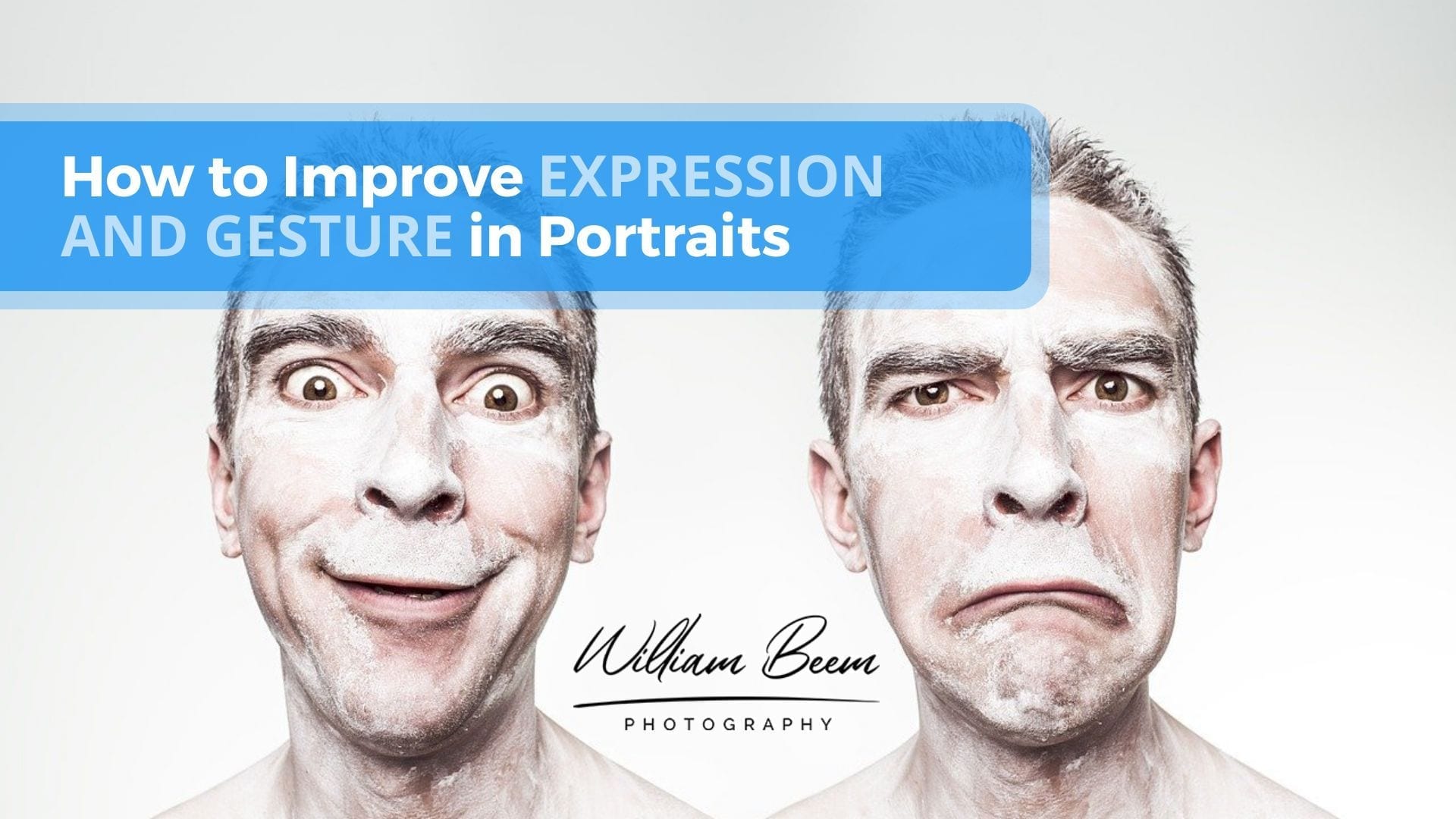
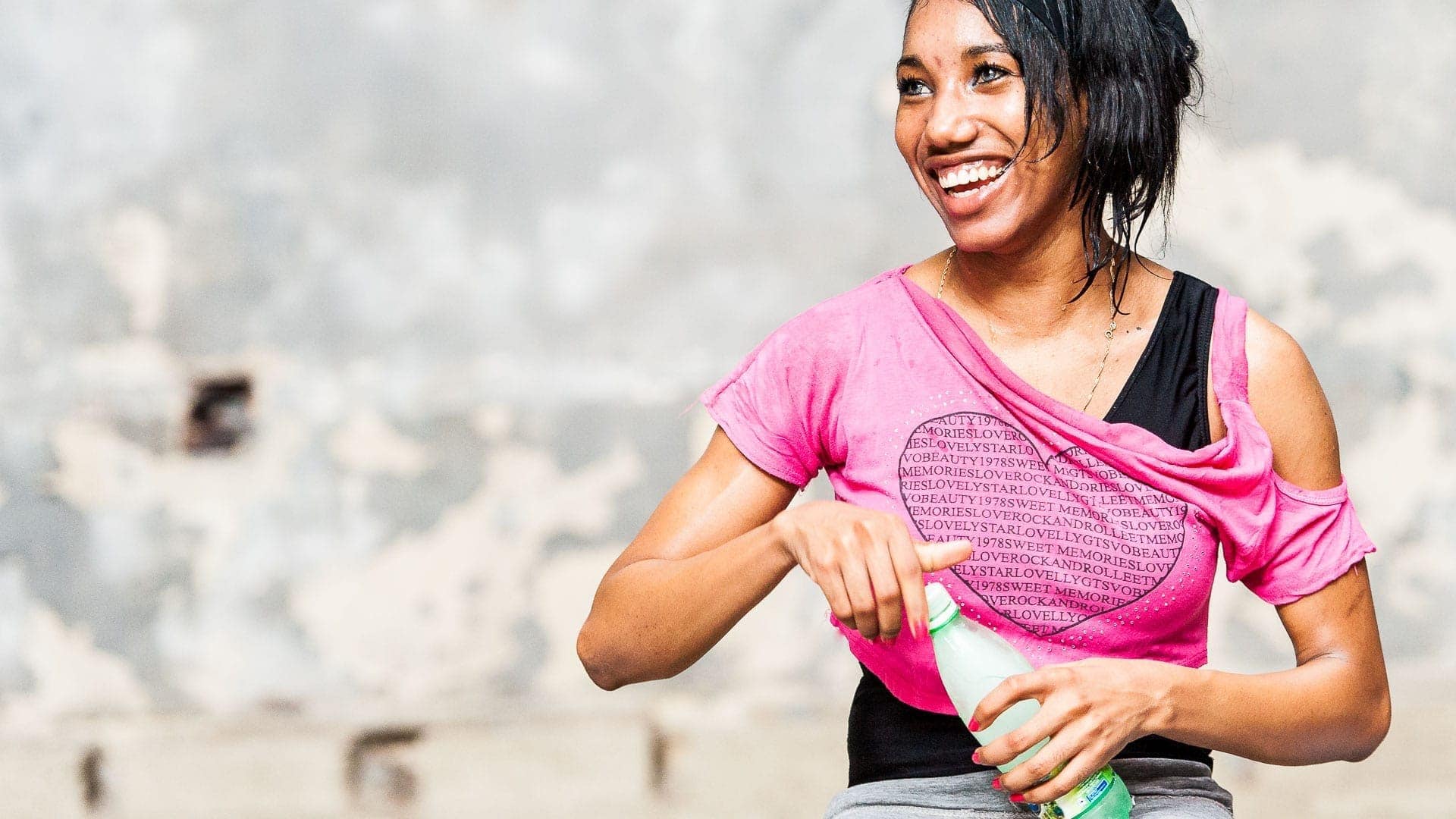
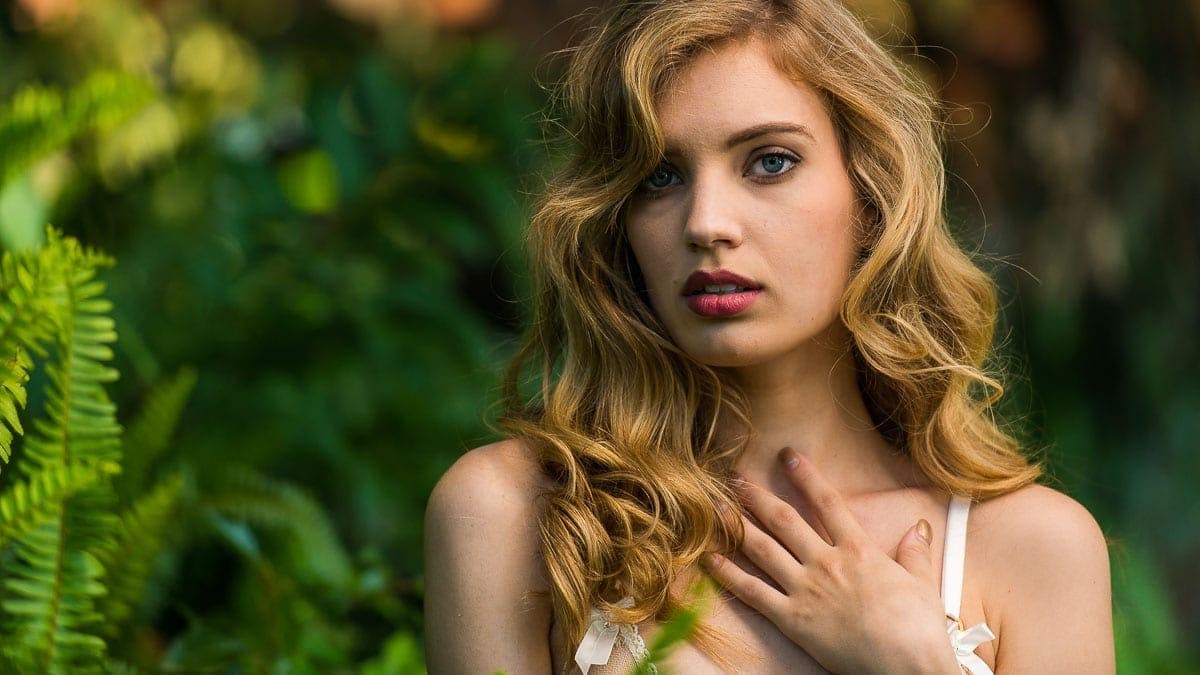
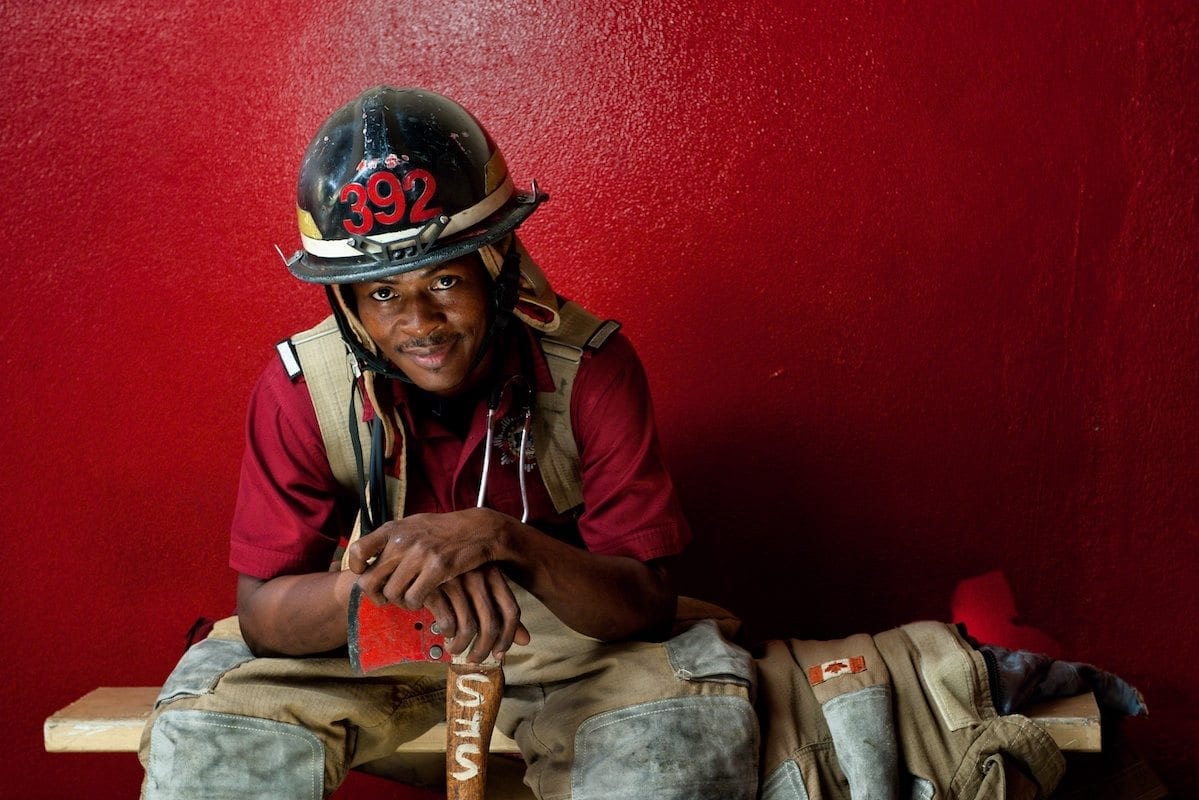
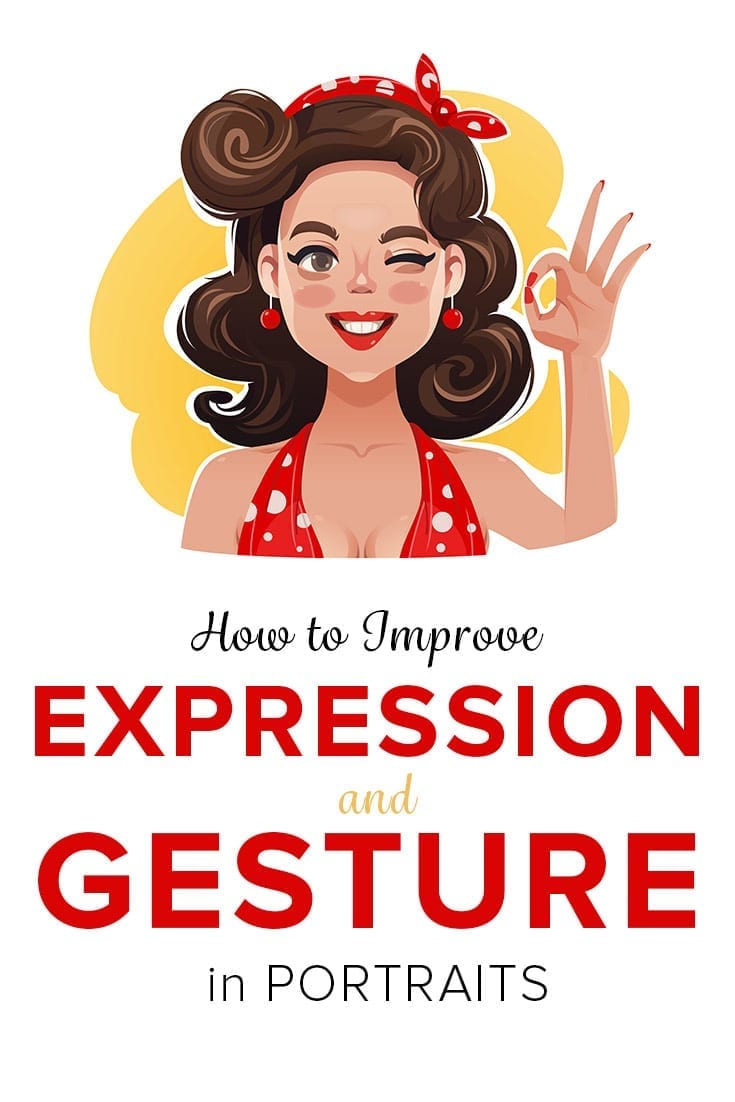
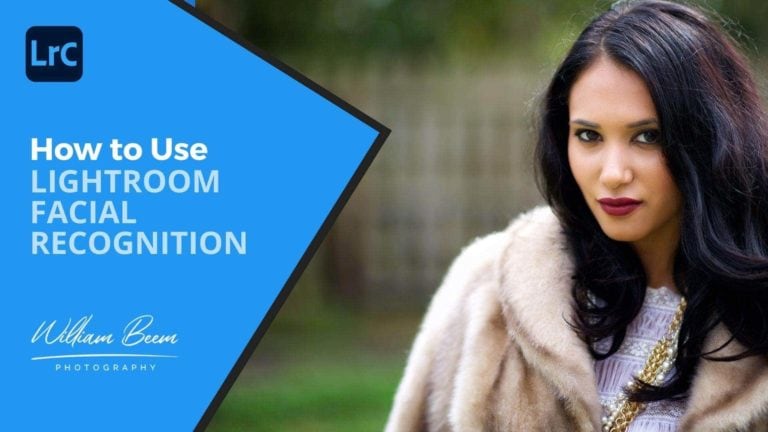
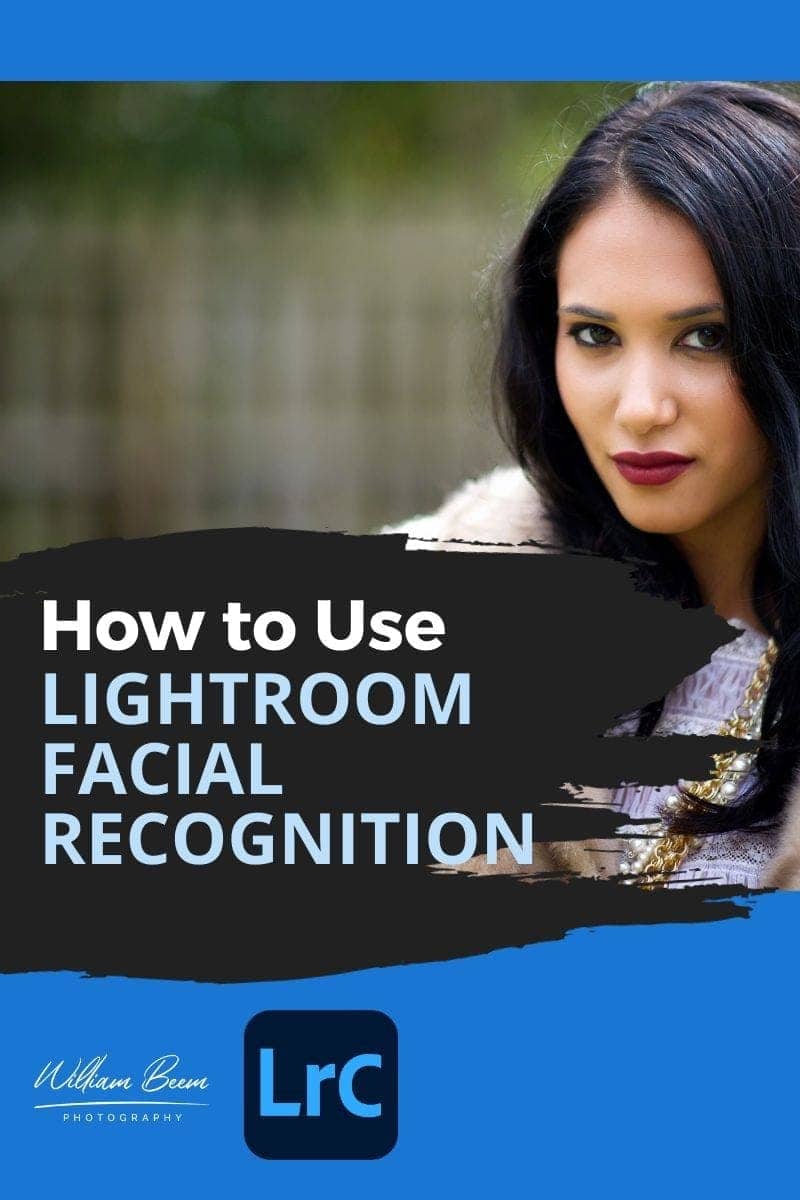
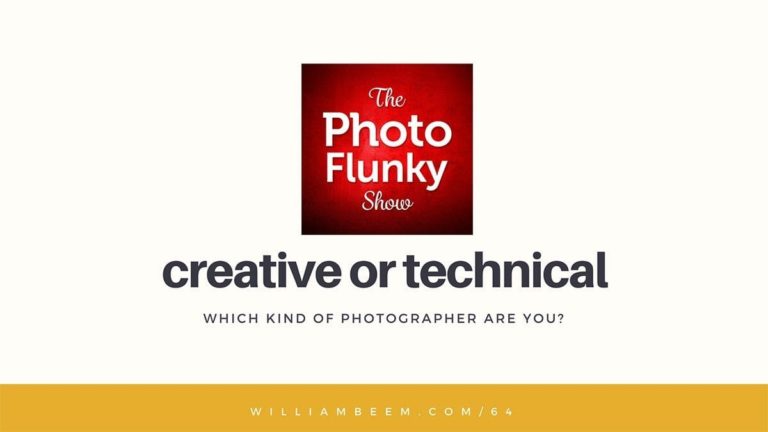
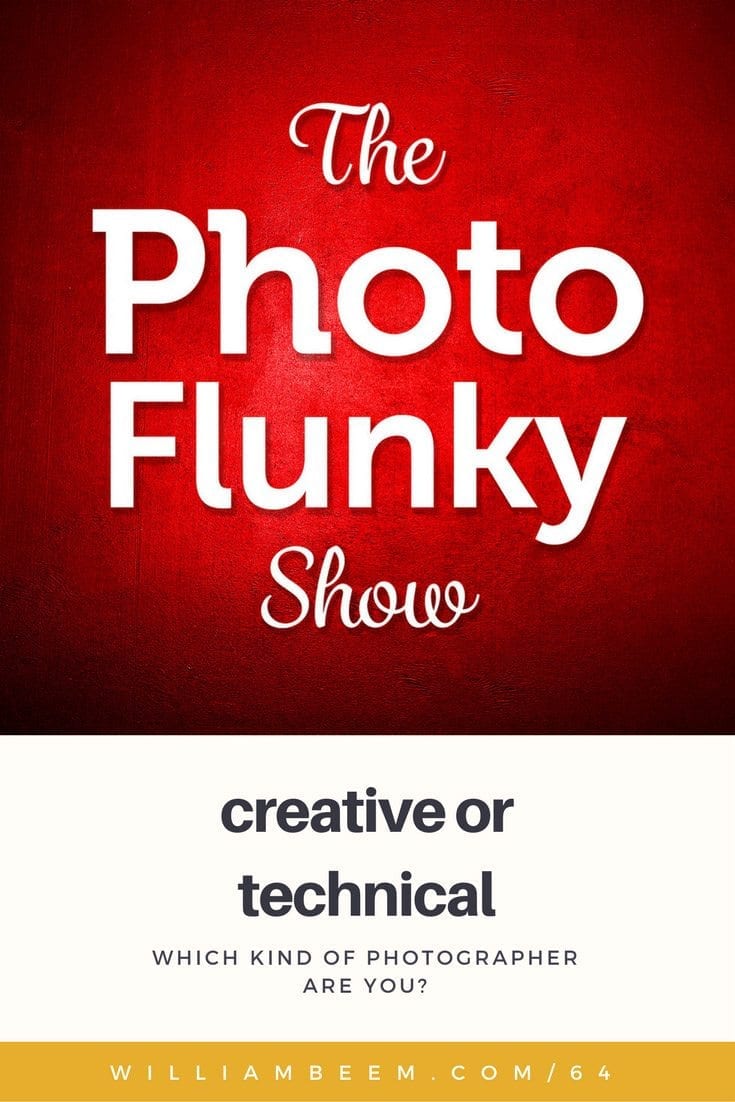
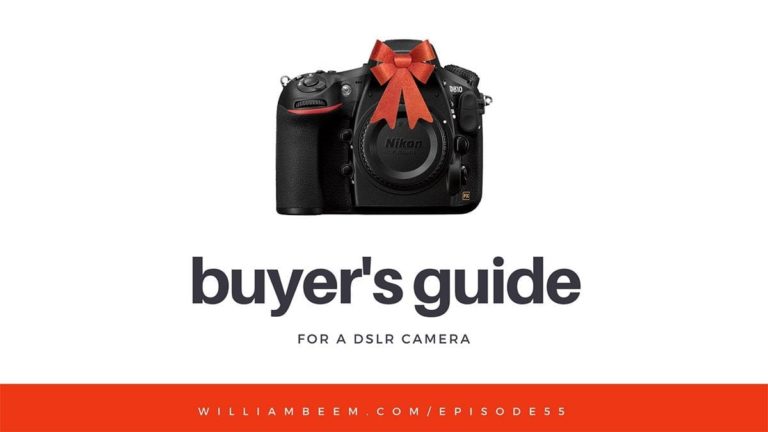

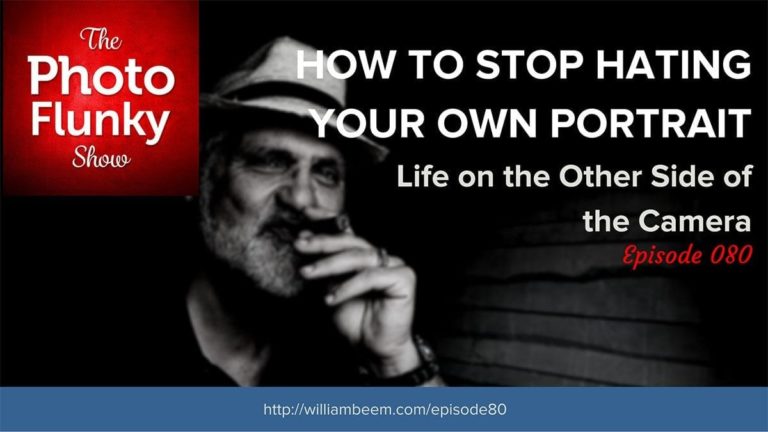
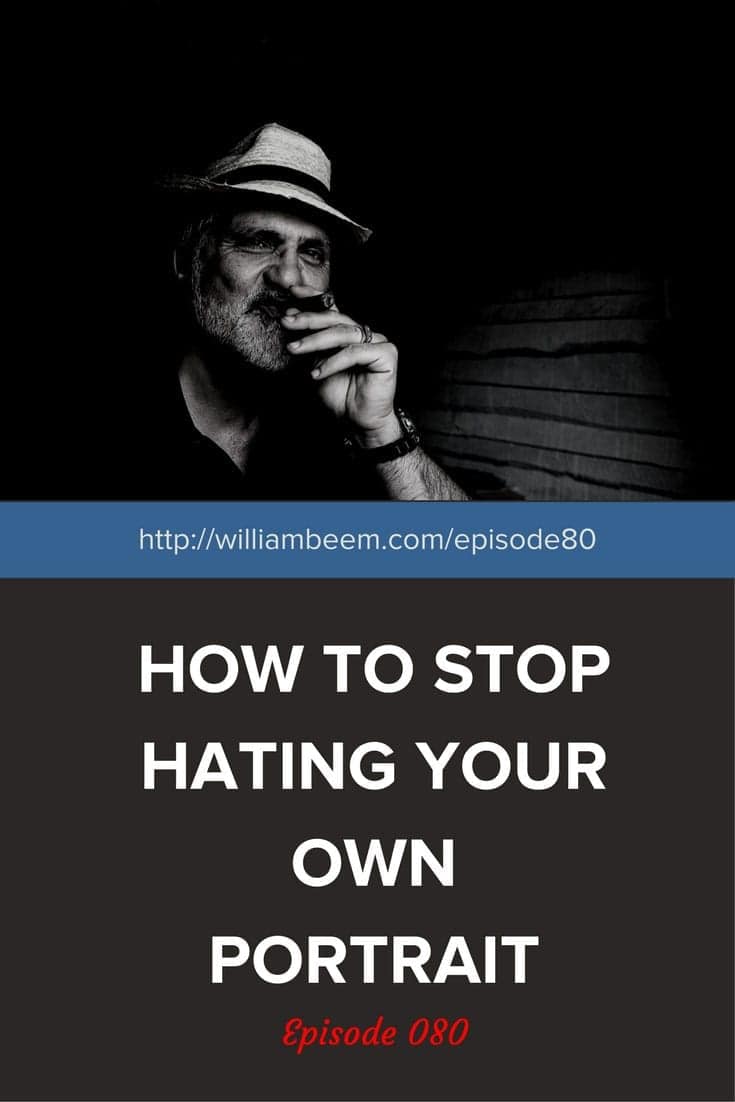
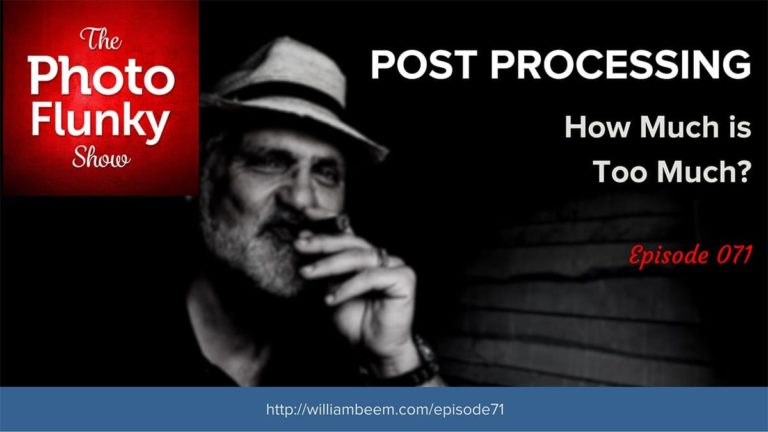
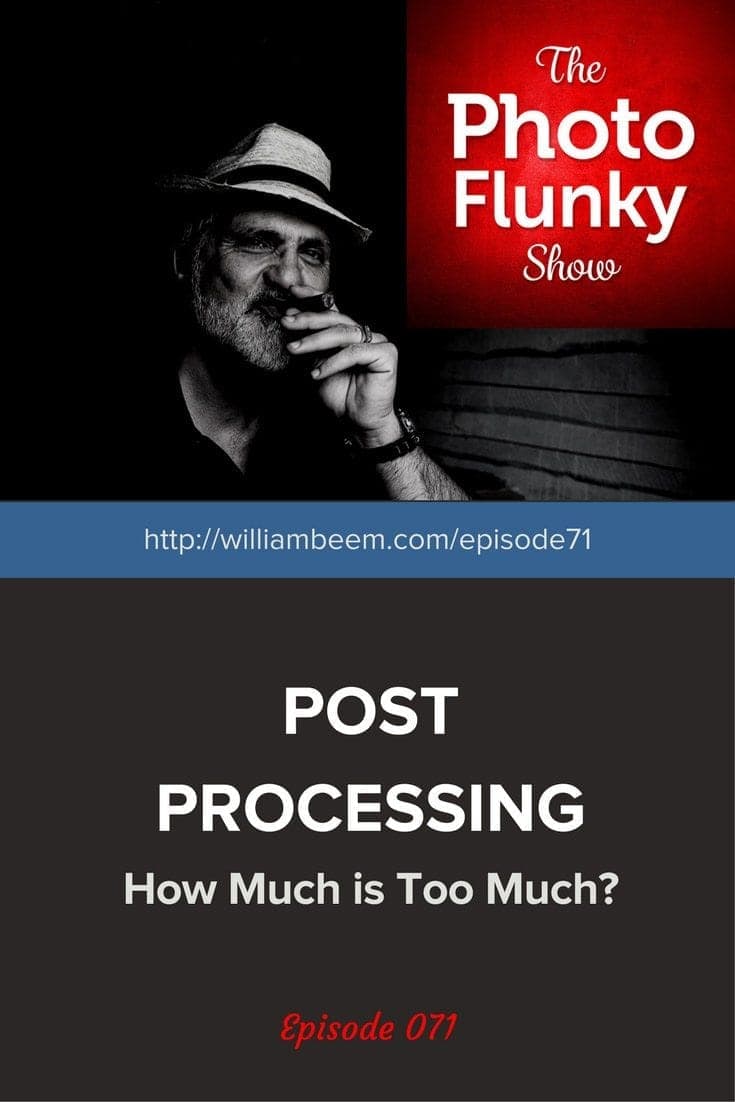
Excellent. Great info to remember about in the future.